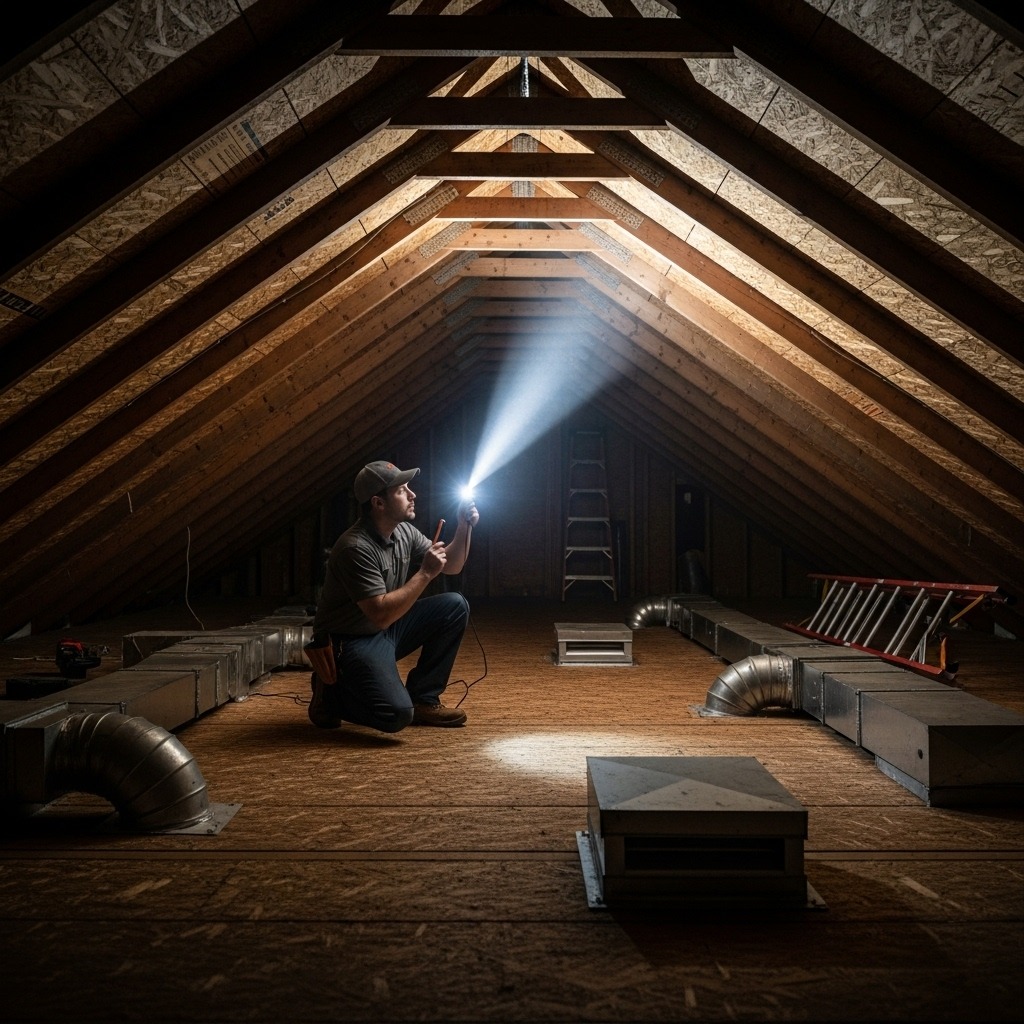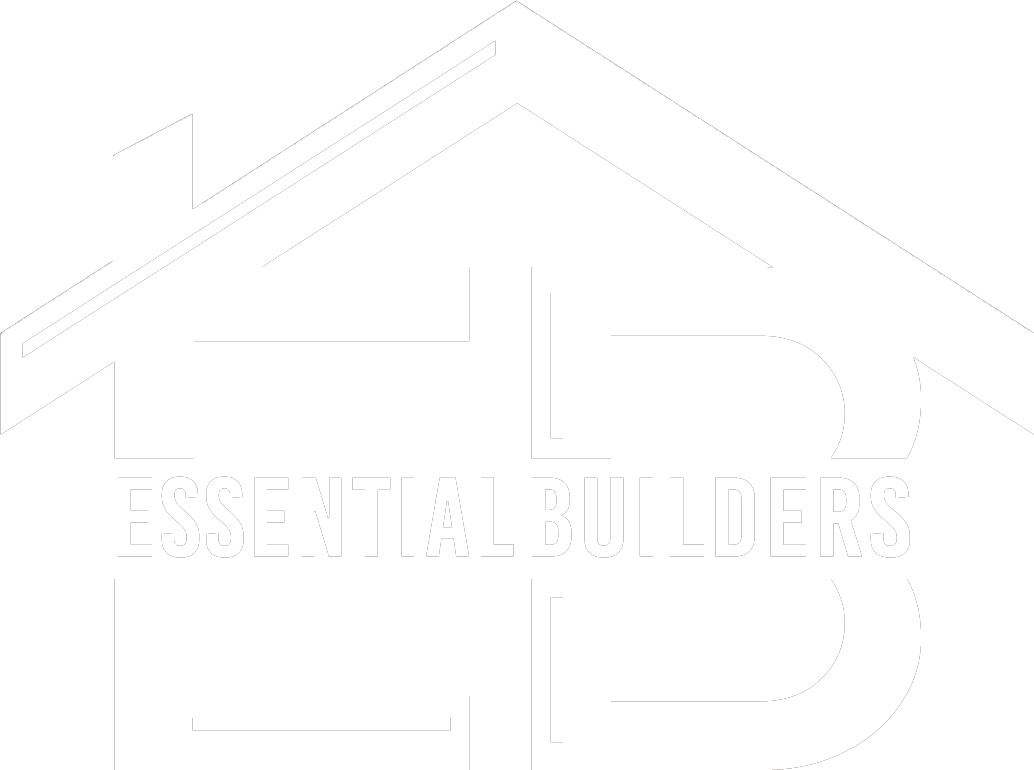Residential Roof Inspections in North Hollywood: What Shapes the Scope
Ask a longtime North Hollywood resident about roofs and you will hear stories: clay tiles that rode out decades of Valley heat, shingles that aged fast on south-facing slopes, and low-slope additions that behaved perfectly until the first big December storm. A residential roof inspection is where those stories meet the facts, turning observations into a coherent plan for maintenance and repair. While people often focus on the word “cost,” what truly matters is understanding what shapes the scope of an inspection in our neighborhoods and how a thorough review protects your home for the long run.
From Magnolia Boulevard to the NoHo Arts District, homeowners ask the same questions: What will the inspector look at? How long will it take? What are the factors that influence the level of detail? It helps to start with a simple, reliable description of what a professional roofing inspection involves, so you know what to expect from the moment the ladder goes up to the moment the report lands in your inbox. The rest is about local conditions, roof design, and the history of the home.
What a Home-Focused Inspection Actually Covers
Residential inspections are comprehensive because a home is more than the sum of its parts. On the exterior, the inspector studies the roof field, ridge and hip lines, valleys, edges, and any transition wherever one surface meets another. They evaluate flashing around chimneys and vents, the integrity of skylight curbs, and the performance of roof penetrations like plumbing stacks, exhaust fans, and solar mounts. The goal is to identify areas that invite water, wind, or sun to exploit a weakness. Inside, the attic or ceiling plane reveals the roof’s inner life: ventilation patterns, insulation that may be blocking soffits, and signs of past moisture. In our climate, proper ventilation is crucial; trapped heat accelerates aging, and condensation can mimic a roof leak, so the inspector will separate those signals carefully.
The narrative matters as much as the checklist. A good inspector will ask where you have seen stains, where you hear rattles during Santa Ana winds, and whether any repairs were done after past storms. Older bungalows, ranch homes, and modest two-stories across Valley Village and neighboring Toluca Terrace often have additions that created quirky rooflines. Those intersections are frequent leak points because they mix different slopes and materials. By combining what you’ve noticed with what they see, the inspector creates a report that is both specific and actionable.
Local Materials and Roof Styles Make a Difference
North Hollywood’s residential roofs fall into a few common categories. Asphalt shingles dominate, but older Mediterranean and Spanish-inspired homes carry clay or concrete tiles, and many back-of-house additions use low-slope membranes. Each system has characteristic strengths and vulnerabilities. Shingles show their age through granule loss, curling, uplift, and brittle sealant lines. Tile roofs hide their age beneath the surface; tiles may look pristine while the underlayment—the real waterproofing layer—nears the end of its serviceable life. Low-slope membranes depend on seam integrity and drainage. Inspectors are trained to read each system’s signals and to focus time where it produces the most insight.
Penetrations are common across all roof types. Skylights bring natural light into kitchens and studios but introduce curbs, metal flashings, and sealant transitions. Plumbing vents, flue pipes, and solar attachments each create potential pathways for water. The inspector will examine these transitions closely and, when needed, trace any interior moisture signs back to their likely source on the roof. It is meticulous work that pays off in clarity.
What Shapes the Scope of a Residential Inspection
Geometry matters. A simple, single-plane gable roof on a one-story home is straightforward to walk and document. Add intersecting gables, dormers, or a steep pitch, and the inspection requires more time and more photography to capture risk areas accurately. Accessibility is another influencer. Older lots with narrow side yards can make ladder placement tricky, and two-story homes may require additional safety setups to ensure a careful, thorough inspection without rushing. Landscaping, power lines near eaves, and limited driveway access are common realities in our neighborhoods that can shape the plan for the day.
History matters too. If the home has seen multiple layers of roofing over the years, or if there was a hurried patch after a past storm, the inspector will look for telltale signs of underlying problems: uneven decking, soft spots near eaves, or improper flashing at the junction between the original house and a later addition. Even the best DIY patch can mislead if it treats a symptom rather than the source. In North Hollywood, moss is less of an issue than in coastal areas, but debris from shade trees and brittle sealants from heat exposure are frequent culprits behind localized leaks.
Purpose shapes the deliverable. If you are preparing for a sale, expect a clear narrative that a buyer and agent can understand quickly, with priority recommendations. If you are planning a renovation, the inspector may focus on areas that will interact with new work—like a kitchen ventilation upgrade or the addition of a skylight. If you are diagnosing a leak, the report will concentrate on moisture pathways and the conditions that allowed them to form, often with interior and attic photos to corroborate findings.
North Hollywood’s Climate and Code Considerations
Heat cycles, occasional winter rains, and wind events are the rhythm your roof lives by. Inspectors in our area know to watch for UV-related wear on shingles and membranes, the condition of sealants at exposed transitions, and the role ventilation plays in keeping the roof system balanced. They also work with Los Angeles building codes and manufacturer specs that inform professional standards. For example, valley treatments, nail placement, and underlayment overlaps are not preferences but requirements. Your report should make those distinctions clear, so you understand where a recommendation is about performance and where it is about conformance.
Tile roofs deserve a moment’s emphasis. They are beautiful and durable at the surface, but the heartbeat of the system is the underlayment and flashing. An inspector will evaluate visible tile damage and, as feasible, check underlayment exposure at eaves or vulnerable transitions. They will also discuss the limits of non-invasive evaluation to avoid unnecessary disturbance while still delivering insight. Honesty about what can and cannot be confirmed without removing components is central to residential inspections done right.
From Walkthrough to Written Report
The best residential inspections feel like a conversation. You share what you have noticed; the inspector translates those observations into building science and roofing practice. On site, they document conditions with photos and notes. Afterward, you receive a report that connects the dots: roof system type, overall condition, current deficiencies, risks to watch, and prioritized recommendations. The tone should be practical, never alarmist. The goal is to empower you with a plan.
At this point, many homeowners like to revisit the basics of a roofing inspection to compare what they read online with what was observed on their specific roof. That comparison is where generic advice gives way to actionable steps tailored to your home: trim this tree, reseal that vent, monitor this seam, schedule further evaluation of that transition. In a neighborhood where homes range from 1940s cottages to new infill, that tailoring is what makes a report trustworthy.
Benefits of Proactive Residential Inspections
The value of an inspection is measured in avoided surprises. Catch a cracked vent boot before the rainy season, and you avoid a stain on your ceiling. Note a tile that has slid and exposed felt, and you prevent a slow leak that could have migrated to fascia or sheathing. Confirm that ventilation is balanced, and you reduce heat stress on shingles while improving comfort inside. In North Hollywood, where home offices and studios are common under these roofs, protecting what’s inside is as important as preserving what’s outside.
Clear documentation also supports smoother real estate transactions. Buyers respond well to photographs and plain-language summaries, and sellers appreciate being able to point to maintenance already completed. When everyone sees the same evidence, negotiations are simpler and timelines are cleaner. Even outside of a sale, a documented baseline makes future inspections more meaningful because you can measure change over time.
Frequently Asked Questions
Q: How long does a residential inspection usually take? A: Most single-family homes in North Hollywood can be inspected in a single visit that includes exterior, roof surface, and attic checks. Complex rooflines, multiple additions, or extensive penetrations may extend the visit so the documentation remains thorough.
Q: Will the inspector go into the attic? A: Yes, when it is safe and accessible. The attic often tells the truth about ventilation and moisture migration, so it is a key part of a home-focused evaluation.
Q: Do tile roofs need inspection if the tiles look intact? A: Absolutely. Tiles protect the underlayment, and the underlayment is the true waterproofing layer. It can age out even when the tiles appear perfect from the street.
Q: Can an inspection help me prioritize maintenance? A: That is one of its greatest strengths. You will get a sequence of recommendations that separates urgent items from routine upkeep and monitoring.
Q: How often should I schedule an inspection? A: Annual or biannual checks are common here, particularly before the rainy season or after strong wind events. Homes shaded by large trees benefit from more frequent gutter and valley reviews.
Q: What if I have solar panels? A: Inspectors evaluate mounts, flashing, and pathways around arrays. They look for signs of compromised sealants or water tracking beneath panels and document their findings with photos and notes.
Q: Will the report help during a sale? A: A clear, photo-illustrated report eases buyer concerns and gives sellers a roadmap for completing sensible maintenance before listing. It’s a communication tool as much as a technical document.
Q: Is drone imagery used? A: When access or safety demands it, yes. Drone photos can complement close-up views and provide context for roof geometry without walking fragile areas.
When you are ready to protect your home with clarity and care, schedule time with a local expert who understands the way North Hollywood roofs live through heat, wind, and winter rain. To get oriented on what to expect from start to finish, explore this outline of a professional roofing inspection and take the first step toward a safer, longer-lasting roof.
Your home deserves proactive attention. Connect with a trusted local specialist, plan an appointment that fits your schedule, and move forward with confidence. If you need a simple primer before you call, read about what a roofing inspection includes and then reach out to book your visit.


